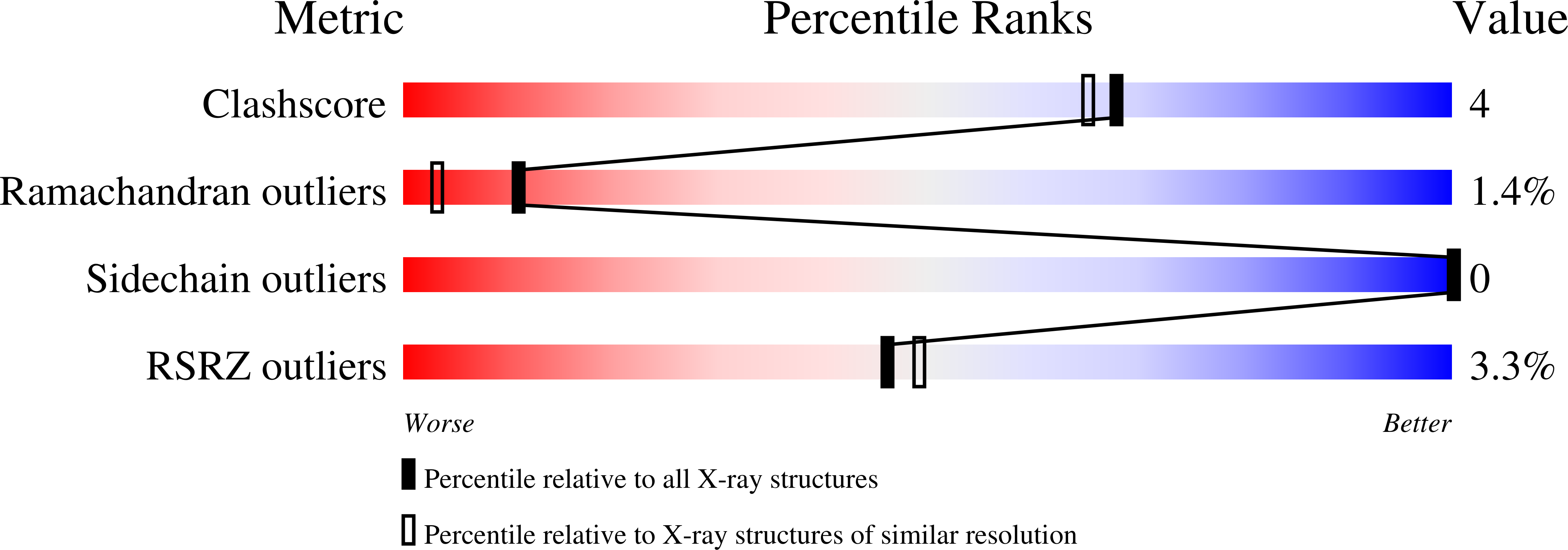
Deposition Date
2007-06-03
Release Date
2008-10-14
Last Version Date
2024-02-21
Entry Detail
PDB ID:
2Q5X
Keywords:
Title:
Crystal Structure of the C-terminal domain of hNup98
Biological Source:
Source Organism:
Homo sapiens (Taxon ID: )
Host Organism:
Method Details:
Experimental Method:
Resolution:
1.90 Å
R-Value Free:
0.22
R-Value Work:
0.20
Space Group:
P 41 21 2


